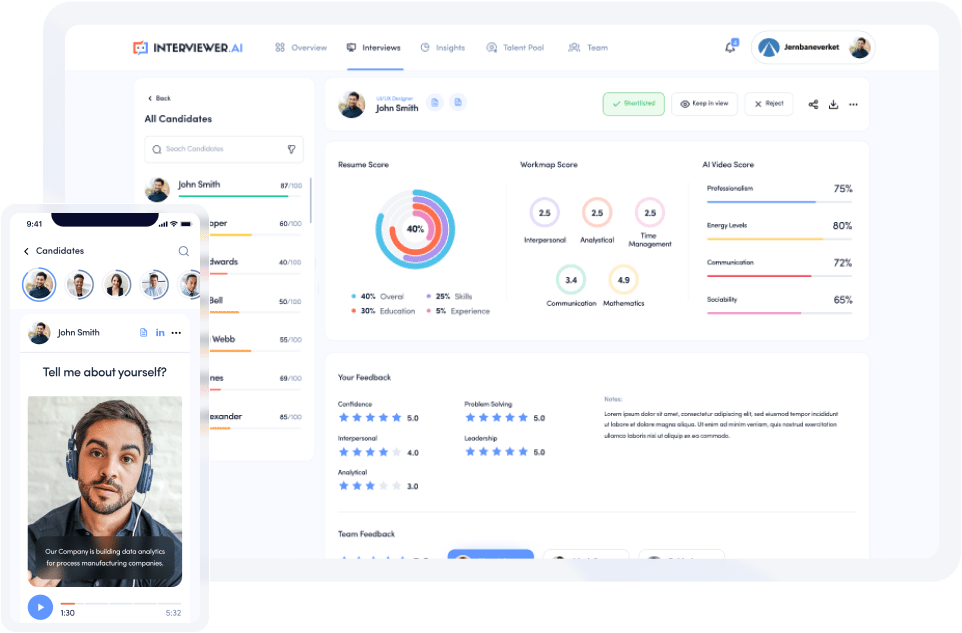Remote hiring is commonplace. It is almost two years since the World Health Organisation announced the outbreak of the novel coronavirus that forced the world into a series of lockdowns. Consequently, companies and businesses have had to adapt almost overnight and find ways of operating without the traditional 9-5 at the office. If you look at LinkedIn today, you will find jobs are classified under ‘on-site, remote, hybrid’ a testament to the new way of hiring. While remote working might not be a new concept, it has quickly gained popularity worldwide. Over 5% of new jobs today are remote in nature and quickly picking up as companies find the convenience of better candidates, faster when they are open to remote working. Companies realized early on that they could not sit around and wait for the pandemic to end or for the lockdown to be lifted and so adjusted to remote working as a default.
With remote working, technological tools to suit remote working were also discovered and integrated into the business operations, such as virtual meetings using Zoom. However, it is not just corporate firms that have adopted this new form of communication. Other professionals, too, have moved their services from their physical offices to behind the screen, such as therapists, tutors, personal trainers. Schools too were among the first to move to remote learning, with teachers holding classes, tests, exams and even graduation over Zoom.
However, as much as remote working was supposed to be a temporary solution, employees and employers have realized that the same level of efficiency and productivity that was previously achieved by a 9-5 at the office is possible even at home. Workers have discovered that they can organize their day to balance work and their personal life while skipping all the worst parts of working from the office, such as long commutes to and from work, expenses on gas, lunch, and the unnecessary bureaucracy at the office. As a result, many are not ready to give it up.

LinkedIn alone is witnessing considerable growth in demand for remote employment, which will long-term influence the labor market. Since March, the number of positions that also provide remote work has increased fourfold globally. Moreover, job seekers mirror that trend: since the beginning of March, the number of job searches utilizing the “Remote” filter on LinkedIn has grown by 60%.
Among the most exciting developments we have witnessed with the advent of remote employment, is the mobility of skills worldwide. Through remote-work alternatives, companies may be able to find diverse talent more readily, particularly from underrepresented groups in their area or for locally scarce talents. This is a win-win for both employers and employees. Without geographical barriers, the former will now have a wider pool of candidates to pick from, while the latter can move to different locations because they are not tied to a state or country because of having to come into work.
Another trend worth noting is using AI-powered video recruitment software to ease and enhance the hiring process. Because of an influx of job candidates, companies are now choosing to outsource the hiring process to AI recruitment software. This software tests soft skills possessed by candidates such as professionalism, energy levels, teamwork capabilities using extensive datasets put together by expert data scientists. The interviews are conducted by video, with a keen interest in overall body language, tone and expression. Employers can then focus on the top talent and make their choice from the shortlist.
As companies continue to grapple with the different changes being brought about by COVID-19, new ways of working are being introduced, with many of them here to stay.










